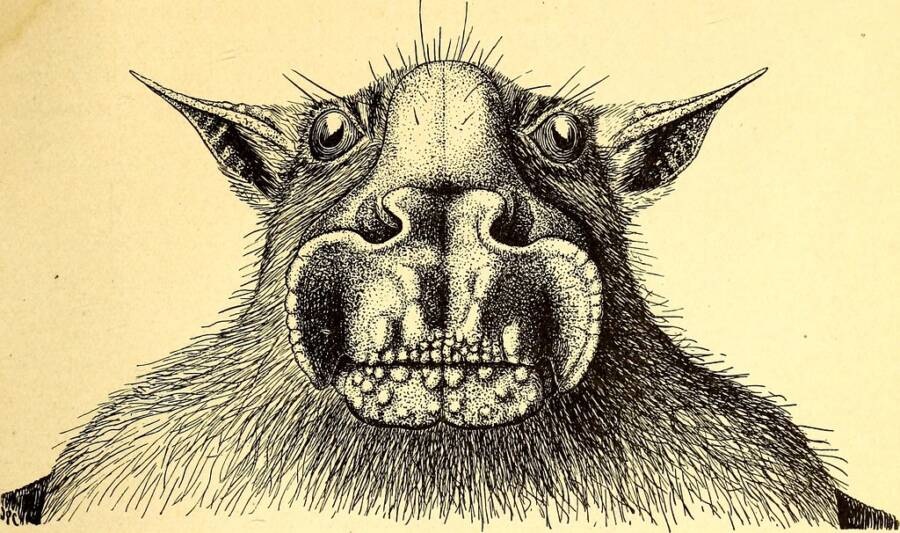
Meet The Hammer-Headed Bat, The African Megabat That’s Been Dubbed One Of The World’s Ugliest Creatures
How The Creatures Are Hunted As Bushmeat
In addition to facing extermination at the hands of fed-up farmers, hammer-headed bats in certain countries must also remain on the lookout for hunters who want to eat them. According to Animalia, people in the Democratic Republic of the Congo and Nigeria kill hammer-headed bats in order to consume them as bushmeat.
“Bushmeat” is a catch-all term used to describe wild game in general, but it is often used specifically to denote game meat from Africa. In addition to its use as a food source in these Equatorial African countries, hammer-headed bats also occasionally turn up in “wet markets” in other parts of Africa and throughout the world.
Unfortunately, from an epidemiological perspective, wet markets sometimes do more harm than good.
Previous studies conducted by the National Institutes of Health (NIH) have revealed that leks — or mating groups — of hammer-headed bats are considered “reservoirs” of the Ebola virus. The NIH reported: “Molecular testing implicated this species and other African bats as potential reservoir hosts for Ebola virus, and it was one of only two fruit bat species epidemiologically linked to the 2008 Luebo, Democratic Republic of Congo, Ebola outbreak.”
However, it’s worth noting that other studies haven’t conclusively determined that the bats are “ground zero” for the Ebola virus. To this day, additional studies are being conducted by scientists to determine the true nature of Ebola transmission, according to Science, but as of 2022, there are no definitive studies that link the bat to Ebola transmission.
While hammer-headed bats face the highest risk from farmers and hunters, some are also killed for another reason — to put a damper on their extremely loud mating calls.
In addition to facing extermination at the hands of fed-up farmers, hammer-headed bats in certain countries must also remain on the lookout for hunters who want to eat them. According to Animalia, people in the Democratic Republic of the Congo and Nigeria kill hammer-headed bats in order to consume them as bushmeat.
“Bushmeat” is a catch-all term used to describe wild game in general, but it is often used specifically to denote game meat from Africa. In addition to its use as a food source in these Equatorial African countries, hammer-headed bats also occasionally turn up in “wet markets” in other parts of Africa and throughout the world.
Unfortunately, from an epidemiological perspective, wet markets sometimes do more harm than good.
Previous studies conducted by the National Institutes of Health (NIH) have revealed that leks — or mating groups — of hammer-headed bats are considered “reservoirs” of the Ebola virus. The NIH reported: “Molecular testing implicated this species and other African bats as potential reservoir hosts for Ebola virus, and it was one of only two fruit bat species epidemiologically linked to the 2008 Luebo, Democratic Republic of Congo, Ebola outbreak.”
However, it’s worth noting that other studies haven’t conclusively determined that the bats are “ground zero” for the Ebola virus. To this day, additional studies are being conducted by scientists to determine the true nature of Ebola transmission, according to Science, but as of 2022, there are no definitive studies that link the bat to Ebola transmission.
While hammer-headed bats face the highest risk from farmers and hunters, some are also killed for another reason — to put a damper on their extremely loud mating calls.
Advertisements
22 February 2023
Advertisements



